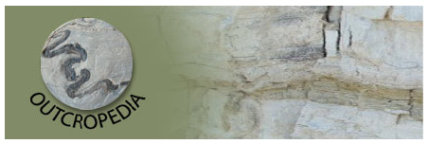São Miguel conglomerate. Basal formation for the Paranoá Group.
The Vale da Lua represents the best-known outcrops of the basal unit of the Paranoá Group, which can be
classified as a sedimentologic, stratigraphic and geomorphological site. The rocks of this unit are constituted by
matrix supported conglomerate, badly selected, of gray color and carbonate rich, and this last feature is
responsible for the differential action of the fluvial erosion, that results in peculiar forms of great natural beauty
sculpted in the rocks. The São Miguel conglomerate was affected by important diagenetic processes, related to
the recrystallization of most carbonate originally present as matrix and now considered as pseudo cement”,
which corresponds, on average, to almost half of the rock composition. The characteristic evidenced by thin
sections analyses show that the rock (clast and matrix) were submitted to low-grade metamorphism. The Vale da
Lua is well preserved and to keep this condition it is necessary to increase the information to the visitors about
the rocks conditions formation (including depositional and sedimentary processes), once there is great confusion
by part of the public, and many believe in volcanic origin to the local rocks. It is important to emphasize in
warning plates, the importance of the area preservation, the prohibition of getting rock samples and the general
maintenance of the place. PhotoID801
